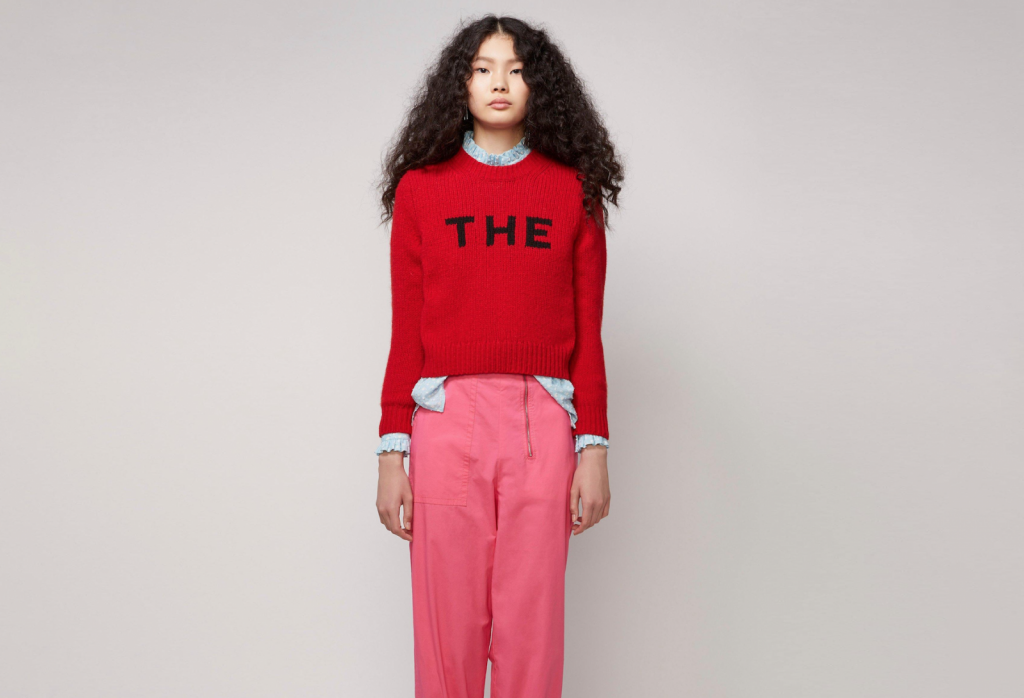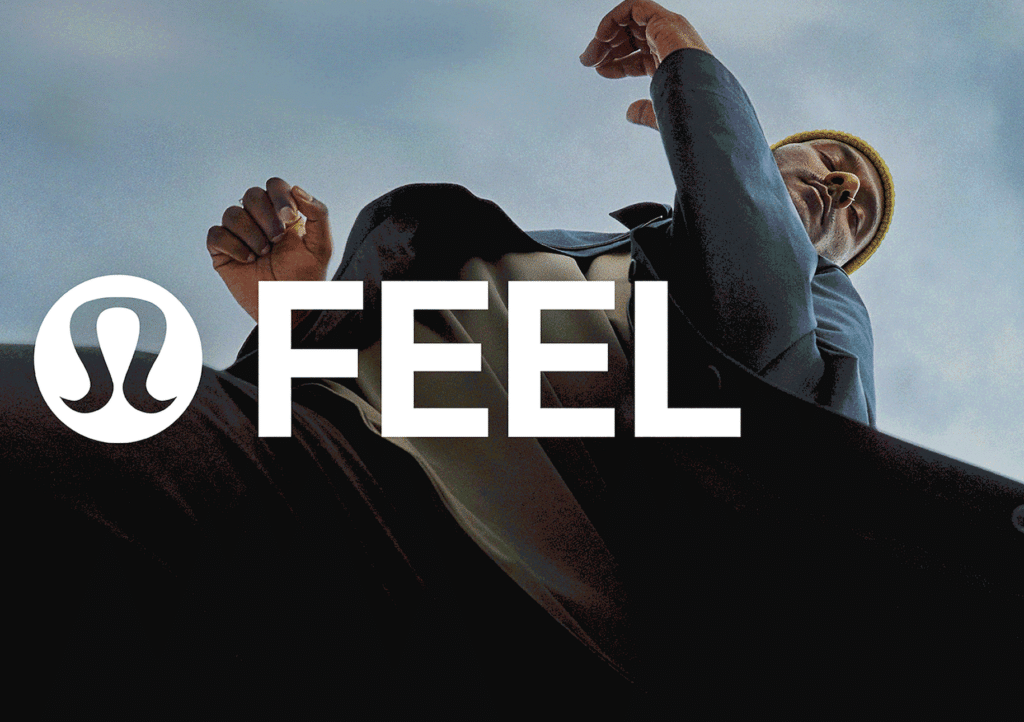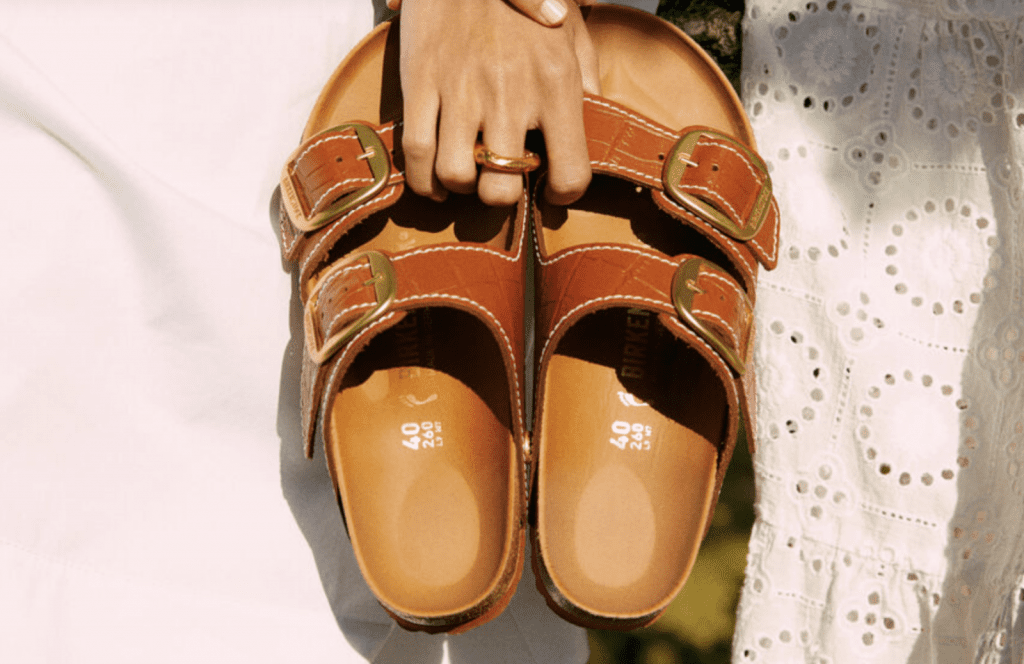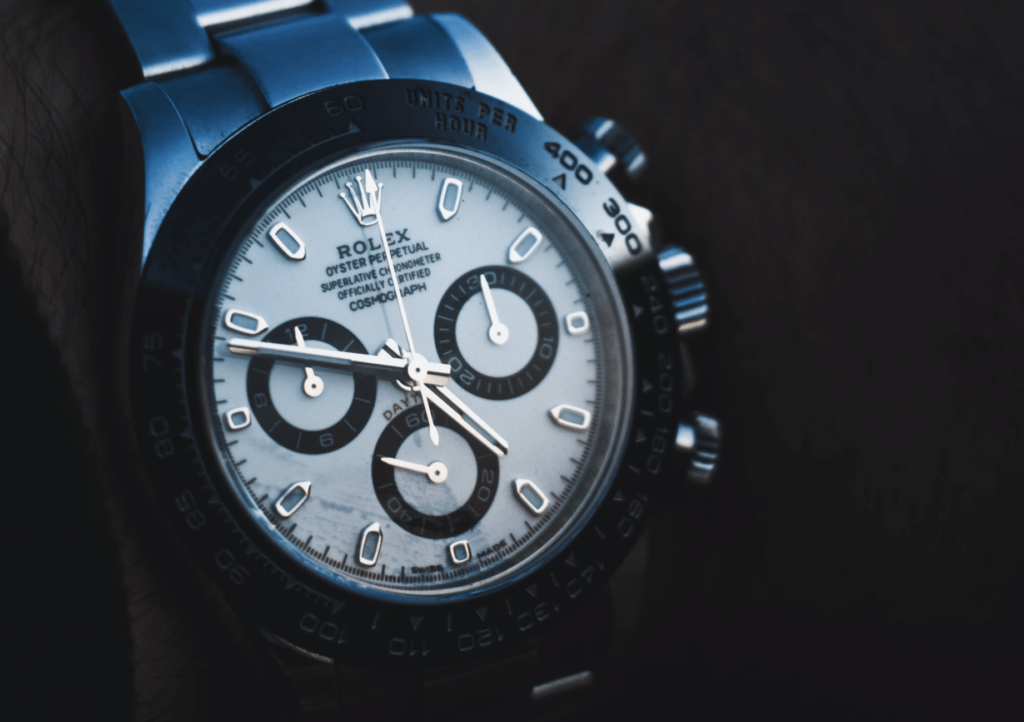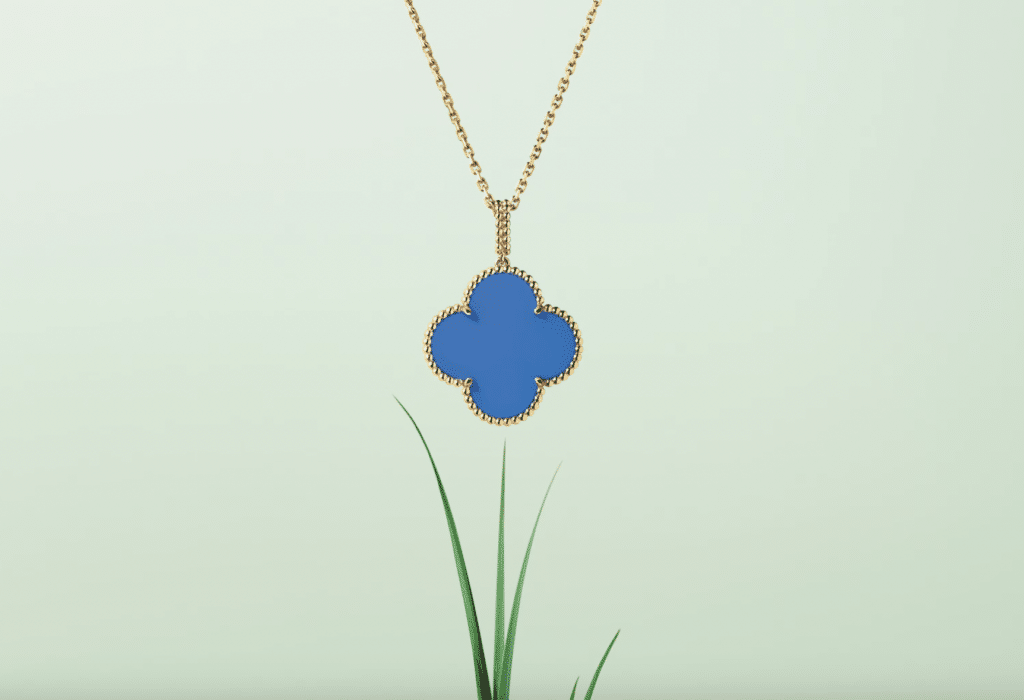A quiet conflict that has pitted two pending trademark applications against one another over the past year has resulted in a formal scuffle between Marc Jacobs and The Ohio State University (“OSU”). On the heels of the two parties filing respective trademark applications to register the word “THE” for use on apparel, OSU has initiated an opposition proceeding in an attempt to block the application that Marc Jacobs filed in May 2019 for “THE” for use on handbags and clothing, among other related goods. In its recently-filed opposition filing, the Columbus, Ohio-based college argues that it has consistently used “THE” as a trademark on athletic merch since at least as early as 2005, more than a decade before Marc Jacobs began to use the mark in connection with its offerings.
According to the opposition that it filed early this month, as first pointed out by trademark attorney Josh Gerben, OSU claims that the school changed its name in 1878, and as “legend [has] it, the use of ‘The’ (as opposed to the addition of nothing – i.e., Ohio State University or ‘an’ Ohio State University) was to make clear that [the school] was earmarked to be the leading educational institution in Ohio, both in size and financial support from the legislature.” Its “use and emphasis on the word ‘THE’” since then has been “a deliberate, integral, and important element of [OSU’s] identity and history,” the school argues, noting that it “has been continuously and consistently using ‘THE’ as a trademark and in manners analogous to trademark use in connection with its athletic program since at least as early as the 1980’s,” thereby, giving rise to “demand for apparel bearing the trademark ‘THE’” among “students, alumni, and fans of Ohio State and its athletic programs.”
“Due to the long, extensive, and continuous use of [its] ‘THE’ mark in association with and promotion of [its] athletic programs and events, as well as on apparel sold as part of [its] licensing program, [OSU] has significant common law interest and rights in [its] ‘THE’ mark,” the school claims, which is why Marc Jacobs’ “THE” mark is likely “to cause confusion, or to cause mistake, or to deceive as to the affiliation, connection or association” with OSU when used on apparel products.
Despite its earlier use of the mark in connection with apparel, OSU claims that because Marc Jacobs filed its trademark application earlier, the U.S. Patent and Trademark Office (“USPTO”) “issued an Office Action citing [the LVMH Moët Hennessy Louis Vuitton-owned fashion brand’s] THE application” in September 2019 “as a potential bar to registration of [OSU’s] THE application.” Since then, the USPTO suspended OSU’s application “pending the outcome of [Marc Jacobs’] THE application,” prompting OSU to file an opposition once Marc Jacobs’ mark was published for opposition.
“Given [its] longstanding and prior trademark rights in [its] THE mark for use in connection with and in promotion of its athletic programs and on apparel sold through its licensing program to students, alumni, and fans of [OSU],” the school argues that “granting federal trademark registration for [Marc Jacobs’] THE Mark, which would confer exclusive, nationwide rights, would be improper and would interfere with [OSU]’s prior rights.” With that in mind, OSU argues that its “opposition should be sustained and [Marc Jacobs’] THE application should be refused registration.”
In terms of whether this will prove to be a lengthy battle between the fashion brand and the university, it seems unlikely. As it turns out, the two parties have been “engaged in discussions as to their respective uses and applications for registration of THE,” and come to an agreement. As OSU asserts in its opposition, “It must be noted that [it] and [Marc Jacobs] have executed a Consent to Register Agreement” – i.e., an agreement in which one party allows for another’s use/registration of an overlapping trademark by another party – “and filed amendments to the identification of goods in their respective THE applications … to address registration issues.” Per OSU, these amendments “memorialize the fact that the respective goods bearing the respective THE mark exist within different marketplaces and are promoted to different consumers,” and presumably, are not likely to cause confusion.
While the parties have reached an agreement that would enable them both to use and register their “THE” marks, OSU notes that “those amendments have not yet been reviewed by the assigned examining attorneys,” and because there are “no further extensions of time to oppose [Marc Jacobs’ application] available,” the school initiated the opposition just in case the trademark office’s examining attorneys take issues with the agreement, thereby, “preserv[ing] its rights as the senior user while these amendments are reviewed or in the event [Marc Jacobs’] THE application is ultimately not withdrawn as a block to Ohio State’s THE application.”
OSU claims that Marc Jacobs “is aware of [OSU’s] need to file this Notice of Opposition, and the parties have agreed to suspend the opposition proceeding while the amendments are reviewed.”
Agreements to Co-Exist
Such a co-existence agreement of sorts (and the potential for any subsequent fallout) would hardly be the first of its kind in fashion. Something of a similar arrangement is at the heart of the bi-national legal battle that has pitted Valentino S.p.A. against fellow Italian fashion brand Mario Valentino, with the two unrelated entities entering into a co-existence agreement more than 40 years ago in an attempt to avoid legal complications stemming from their nearly-identical monikers. According to Valentino, “Because of their similar names and overlapping goods,” the two companies “experienced issues of consumer confusion” almost from the outset. Faced with mounting consumer confusion and a respective “desire to avoid public confusion and conflict, present or future, in any part of the world,” Valentino and Mario Valentino entered into a legally-binding agreement that dictates exactly how they may respectively use the Valentino name and various “V” logos.
In light of Mario Valentino’s alleged breach of the legally-binding agreement as a result of its sale – and marketing – of lookalike products, Valentino filed suit against its smaller and lesser-known counterpart in a California federal court in July 2019. That case, and similar legal proceedings in a Milan court, are still underway.
Beyond that, a coexistence agreement was entered into by 1661, Inc. – the corporate entity resale platform Goat Group – and London-based brand Goat Fashion after the USPTO refused to register 1661, Inc.’s application for “GOAT” for use in connection with its sneaker marketplace (class 35), citing Goat Fashion’s pre-existing registrations for “GOAT” in classes 25 and 35. In furtherance of the consent agreement, which ultimately enabled 1661, Inc., to obtain a class 35 registration, 20-year old Goat Fashion would “continue to use its GOAT mark for goods and services related to clothing, and 1661, Inc. would limit its use of its GOAT mark to services in connection with its online marketplace … ‘athletic and sporting footwear,’ i.e., sneakers.”
While that agreement appeared to work out for the similarly-named companies for over a year, enabling them to peacefully co-exist in the market, Goat Fashion claimed that things went awry after it refused to consent to 1661’s request to use the GOAT mark on clothing. Instead of agreeing to let 1661 use the mark free and clear, Goat Fashion alleges in the suit that it filed against 1661 in a New York federal court in early 2019 that it “offered to enter into a license agreement with 1661” to enable the company to use the GOAT trademark on clothing.
On the heels of the granting apparel brand Goat Fashion’s motion for a preliminary injunction in September 2020, and thereby, barring 1661, Inc. from selling apparel on its buzzy resale marketplace due to the similarity of the two brands’ names and the resulting likelihood that consumers will confuse the two like-named but unaffiliated parties’ goods/services and cause Goat Fashion to suffer “irreparable harm,” the parties settled the suit. Given that Goat Group, which welcomed a $100 million strategic investment from the Kering-affiliated Groupe Artemis in January, is offering up apparel on its site, the parties appear to have come to a resolution between themselves in connection with the settlement.




